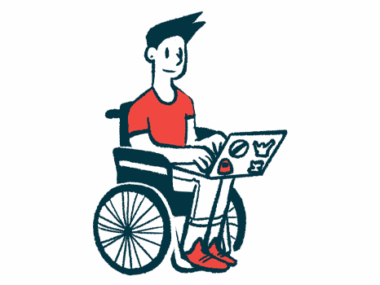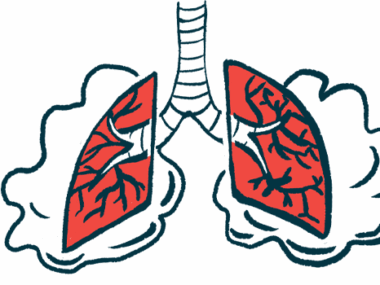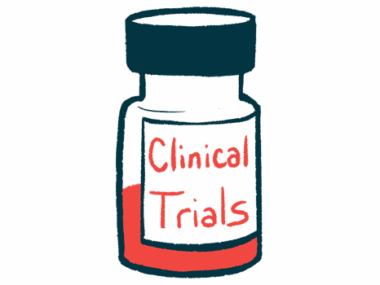FIREFISH clinical trial data show Evrysdi benefits after 5 years
Most in type 1 SMA study alive, meeting motor milestones, per final data
Written by |

More than 90% of children with spinal muscular atrophy (SMA) type 1 who started taking Evrysdi (risdiplam) as babies are still alive and achieving motor milestones that would be unattainable without treatment, according to final, five-year data from the FIREFISH clinical trial.
The findings were presented at the 2004 Cure SMA Research & Clinical Care Meeting, held June 5-7 in Austin, Texas.
The study “has provided a wealth of insights and data, helping to firmly establish Evrysdi as an important treatment option, improving the lives of children across the globe living with SMA,” Levi Garraway, MD, PhD, Genentech’s chief medical officer and head of global product development, said in a company press release.
Genentech, a member of the Roche Group, is leading the clinical development of Evrysdi in collaboration with the SMA Foundation and PTC Therapeutics.
SMA type 1 is one of the most severe forms of SMA, a rare genetic disease. Without treatment, these children usually fail to achieve typical motor milestones like rolling over and sitting up unsupported. They’re also reliant on supportive measures for feeding and breathing, and don’t usually survive past age 2.
Boosting SMN protein
A daily oral treatment approved for SMA patients of any age, Evrysdi works to boost levels of the SMN protein that’s lacking in SMA.
The Phase 2/3 FIREFISH trial (NCT02913482) was launched in 2016 to evaluate Evrysdi’s safety and effectiveness in 62 babies with SMA type 1, ages 1-7 months. Twenty-one were treated in the study’s initial dose-finding stage, and the remaining 41 received Evrysdi at its now-approved dose in the study’s second part.
The study’s primary one-year analysis showed that most children were still alive and did not require permanent ventilation on Evrysdi. Many were also achieving and maintaining motor milestones, a stark contrast to the declines that would be expected if the babies had not been treated.
Subsequent analyses after two, three, and four years showed that Evrysdi’s benefits were sustained or further improved, with no new deaths observed during that time.
Data from the fifth and final year of the study show much of the same, Genentech reported. No children have died since the first year, with 91% surviving to the end of year 5. Moreover, 81% are alive without the need for permanent ventilation.
Among those evaluated at year 5, 96% have maintained their ability to swallow, and 80% can eat without a feeding tube.
Motor function was maintained or improved for trial participants at year 5, according to Genentech. Participants also continued to meet and maintain important motor milestones, with nearly 60% able to sit without support for at least half a minute.
Seven children could stand, including four who could do so unaided. Six children were also able to walk with support.
“These long-term findings confirm the ongoing benefit of Evrysdi for children with Type 1 SMA,” said Giovanni Baranello, MD, PhD, a professor of pediatric neuromuscular disorders at University College of London’s Great Ormond Street Institute of Child Health. “Children treated with Evrysdi over five years have maintained or improved their ability to sit, stand and walk — critical skills for development and daily living.”
Evrysdi was well tolerated, with no treatment-related adverse events leading to treatment discontinuation, Genentech said. The rate of side effects decreased by 66% between the first year of treatment and the final one.
The most common side effects were upper respiratory tract infection, fever, and pneumonia. Hospitalizations declined over the five-year period, with 22% of children not requiring any hospitalization since starting on Evrysdi.
“This would not have been possible without the commitment and dedication of the children and families who participated, as well as numerous healthcare professionals and patient support organizations to whom we are immensely thankful,” Garraway said.







